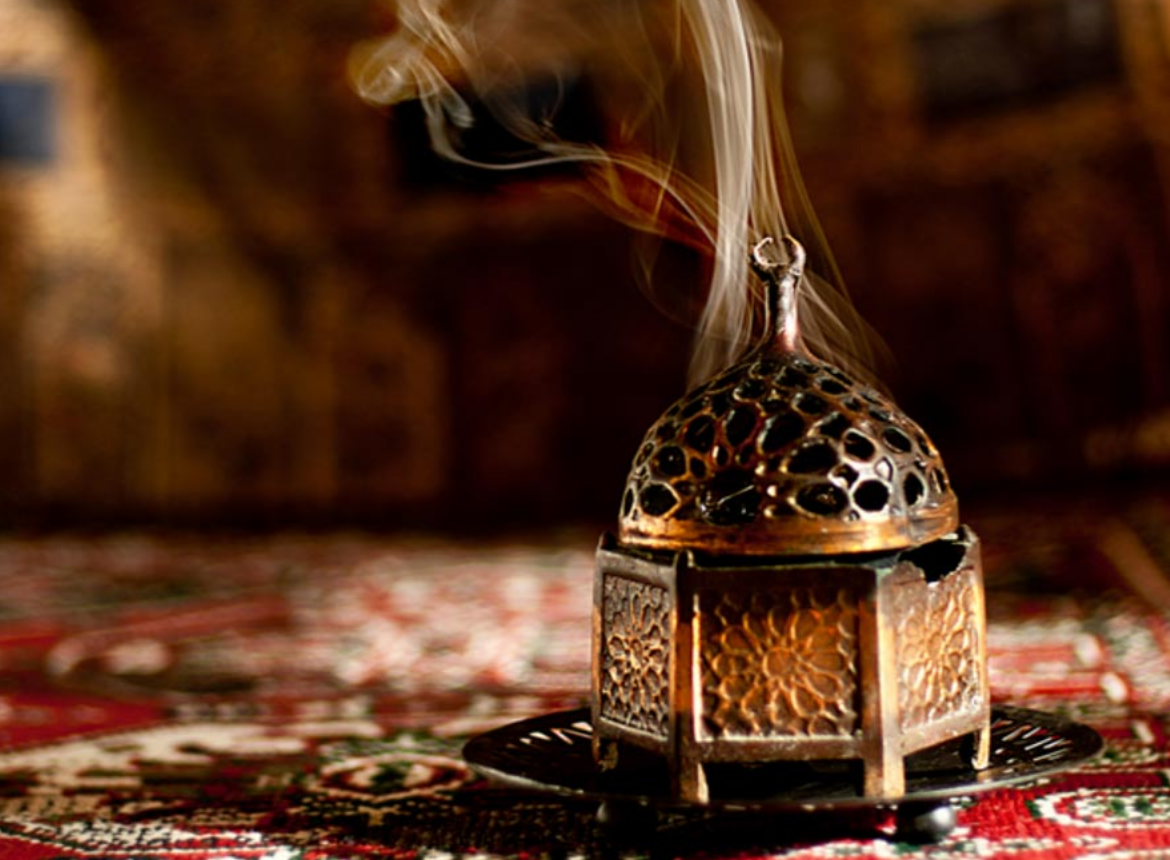By Heather, Lifestyle Buyer + The Naturalist Contributor
I have come to understand that breath is one our most powerful tools - to soothe, to decompress, to process, to shift. When my full capacity to breathe is deeply compromised, I feel disarmed; my musical career and my role here at the store (great customer service means lots of conversations!) both depend on my lungs being in tip-top shape.
Below is a tea blend, a playlist to listen to while sipping, and a simple ritual to support the hard work your lungs do every day. Many of the herbs in this blend are gently sedating or relaxing, making this a great tea to drink before bed, especially if you find that a cough is keeping you awake at night.
Deep Breath Tea Blend
Mullein - an expectorant with an affinity for the upper respiratory system
Thyme - Agatha Noveille, Associate Educator at the Herbal Academy writes, thyme “...is useful for acute or chronic respiratory problems including coughs and bronchitis.” Thyme is also a nervine (an herb that aids the nervous system) and has a warming effect.
Honey Gardens’ Wild Cherry Bark Honey Syrup - a wonderful, tasty blend of several different herbs that are supportive of respiratory health. The blend includes:
Wild Cherry Bark - a bronchodilator (an herb that assists in widening of the bronchi, which opens the airways of the lungs) that can help ease the cough reflex, calm irritation, and assist in healing of the respiratory system. Because it is naturally astringent, it assists the body in drying out mucus.
Elecampagne - an expectorant traditionally used to combat coughs, chest mucus, and phlegm
Raw honey - besides being delicious, honey is antibacterial, antimicrobial, and antiseptic (preventing growth of harmful microorganisms)
Mix equal parts of each herb (I estimate about 2-3 teaspoons of dried leaf per 8 oz of hot water), cover and steep for 10-20 minutes. Strain the herbs and add the Wild Cherry Bark Honey Syrup, stirring to combine, and enjoy your elixir!
Ritual: Burning Frankincense Resin
Steph Zabel, MSc, local herbalist and botanical educator explains the magic of frankincense: “The astringent action of this plant can also help eliminate phlegm and congestion in the lungs. For mucous-y situations that seem to hang around in the respiratory system or sinuses, try frankincense as it will not only help to dry up mucous but will also act as an anti-inflammatory in the nasal passages, making breathing easier.” You can find frankincense resin in our bulk section!
References:
http://www.flowerfolkherbs.com/blog
https://www.mountainroseherbs.com
CN Late Autumn TEA Ritual Playlist
This blog series — Rituals — is for general health information only. This Web site is not to be used as a substitute for medical advice, diagnosis or treatment of any health condition or problem. Users of this Web site should not rely on information provided on this Web site for their own health problems. Any questions regarding your own health should be addressed to your own physician or other healthcare provider.


















